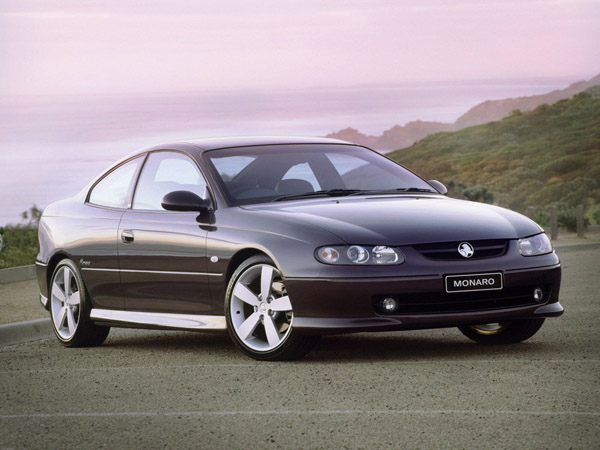We’re all driving the same car. Sort of.

It takes a great deal of effort to design and build a car. The Japanese get it done in about three years and the Americans in seven. So one way manufacturers reduce the amount of labor is by selling the same car twice, albeit slightly altered. This practice is called “badge engineering” and no, it isn’t the fine art of sculpting a certain level of verve into Ferrari’s prancing horse. It’s when one brand provides another brand with a car, a few minor styling bits are changed, badges are swapped, and it’s sold as an entirely different vehicle.
It’s kind of like those gigantic bags of generic cereal. You get the same toasted oaty bits and color injected marshmallows, sans evasive leprechaun. The difference is that with cereal nobody really cares. When this type of slapdash cosmetic surgery is done with cars it feels – well, it feels like trickery.
GM has been recklessly badge engineering cars for decades. One of their most memorable efforts was when Pontiac, a now defunct GM brand, tried to reintroduce their famed GTO. The original Pontiac GTO was an American favorite manufactured between 1964 and 1974. In the early 2000’s with retro revivals happening left and right, Pontiac saw an opportunity to revive their muscle car. So they rebadged the Monaro, a burly coupe made by Holden, an Australian brand and GM subsidiary. The result was a wildly expensive beast that scarcely resembled the purebred patriot that had come decades earlier. Americans wanted a Pontiac that was born from American minds and shaped by American hands (or robots); not its overpriced Australian cousin with a nose job.
Recently, Subaru and Toyota realized there was a better way. They took a more considered approach and developed a car together. Each company actually worked on the car’s engineering and other important bits. The Subaru BRZ and the Scion FR-S are the fruits of their labor. Ignoring the unfortunate alphabet soup BRZ and FR-S names, it has been a successful venture. By working together they shared development expenses and made a better car than either could have done on their own. To make each model distinct, Subaru and Scion applied their respective styling cues before offering their efforts to the market.
Buy the Subaru and you can be an offbeat rally driver who calls pavement “tarmac” and knows what a chicane is. Pick up the Scion and drive it to your crowdsourced hacklab while cocooned in the mechanical din of Skrillex.
It all boils down to intent. If a brand wants to sell the same car, slightly altered, strictly for financial gain — people can see the cheap stunt from miles away. When companies collaborate and build a product with pride, the natural next step is for each company to tailor their share of production as they see fit. The buyer gets to choose which brand they prefer – smoking tires or booming bass.
